Hydrolysis-resistant modification of PLA
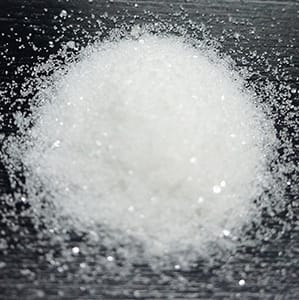
Polylactic acid (PLA) has many advantages so that it is currently used in packaging materials, 3D printing, agriculture, medical, textile, and other fields, most of which are disposable products or have relatively short use cycles. Commercial PLA itself has very obvious disadvantages, such as low crystallization rate, poor toughness, and non-flame retardant, which greatly limit […]
Modification of PET Engineering Plastics
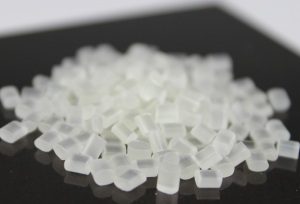
In order to compete with other general-purpose resins and expand their application areas, manufacturers are constantly modifying PET engineering plastics. The modification focuses on the following areas: a) Improvement of formability. PET engineering plastics may crystallize rapidly at lower temperatures by selecting various nucleating agents and crystallization promoters to speed up the crystallization of PET […]
How to improve the hydrolysis resistance and service life of dryer fabrics in paper machine clothing?
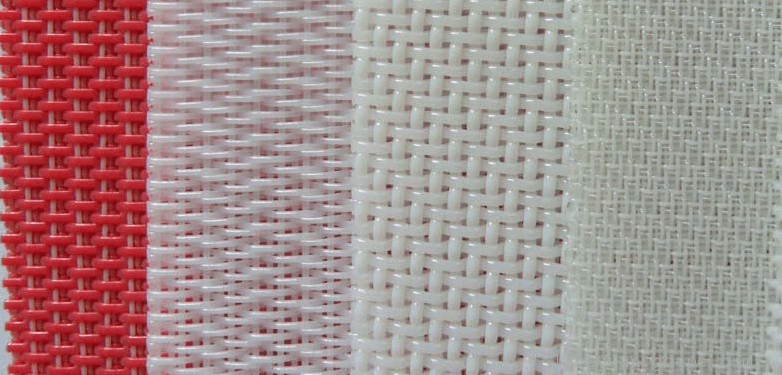
PET monofilaments have a series of advantages such as good impact resistance, wear-resistance and fatigue resistance, but PET is prone to hydrolysis aging and failure under humid and especially hot and humid conditions. The paper machine dryer screen usually works under an environment of 100℃ containing water and gas. Because PET material is not resistant to […]
The difference between monomeric anti-hydrolysis agent and polymeric anti-hydrolysis agent

Polyester polymer materials are prone to hydrolysis in humid environments, especially in humid and hot environments. A large number of terminal carboxyl groups are generated in the broken polyester molecular chains after hydrolysis, and the terminal carboxyl groups will continue to catalyze the hydrolysis reaction. Finally, the polyester materials break due to hydrolytic aging. In order to improve the hydrolysis […]
How to solve the problem of poor hydrolysis resistance of PBT
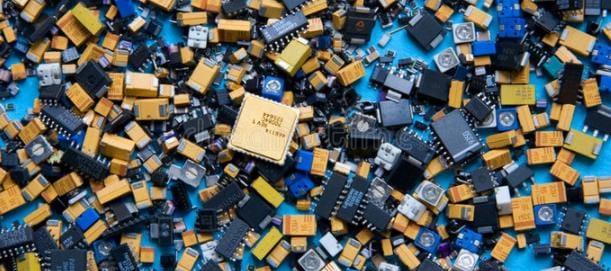
Polybutylene terephthalate (PBT) is a commonly used engineering plastic material with a series of excellent comprehensive properties, such as high crystallinity, rapid prototyping, weather resistance, low friction coefficient, high heat distortion temperature, good electrical properties, excellent mechanical properties, fatigue resistance, ultrasonic welding, etc. PBT has been widely used in the fields of electronic appliances, the […]
Characteristics of waterborne polycarbodiimide crosslinking agents
-1024x588.jpg)
Water-based coatings are one of the trends in future development. Compared with traditional solvent-based coatings, water-based coatings have obvious deficiencies in adhesion to substrates, wear resistance, solvent resistance, and hydrolysis resistance. By utilizing the three-dimensional cross-linking effect of the cross-linking agent, the above deficiencies can be effectively improved. Common crosslinking agents include aziridine, isocyanate, and […]
What is the function of anti-hydrolysis agent ?
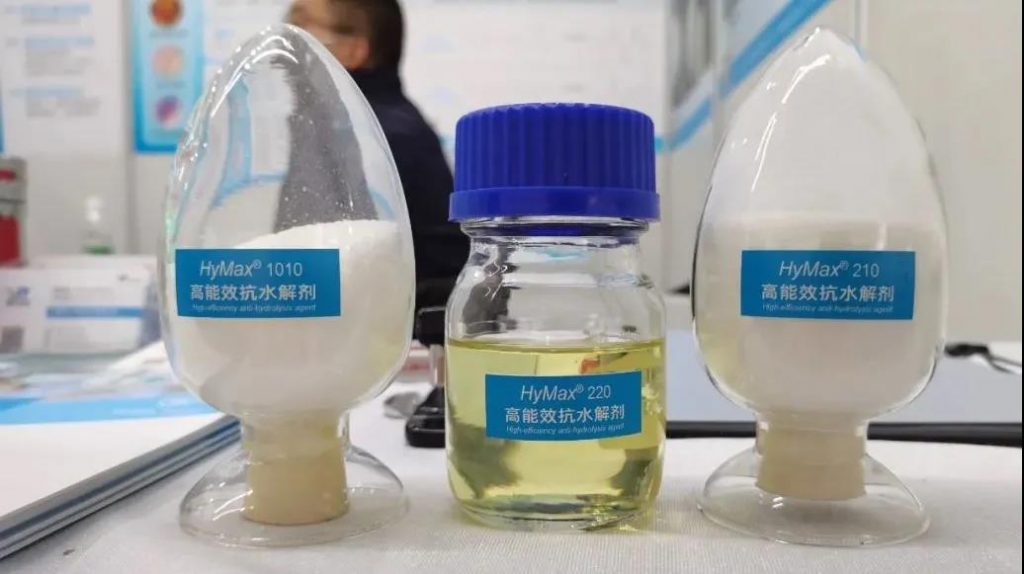
Anti-hydrolysis agent, also known as hydrolysis stabilizer, is a chemical substance with very stable performance. It does not react with strong oxidants such as peroxides, sulfuric acid, accelerators and other reducing agents at room temperature or slightly higher temperature. For PET/polyester materials, under the conditions of high humidity and high temperature, the ester bonds in the molecular chain are easily […]
Application of crosslinking agent in polyurethane gloves
.jpg)
At present, the global surgical glove market is in short supply, consuming approximately 75 to 80 billion pairs of latex gloves each year. The demand for surgical gloves in China is about 11 billion pairs, and the market gap is large. Moreover, most of the medical sterilized surgical gloves in the market are made of […]
How to improve the chemical resistance of water-based wood paint using one-component PUD and PUA?
-1-1024x683.jpg)
Polyurethane dispersion (PUD) is the main category of water-based industrial paint. Polyurethane dispersion (PUD) is composed of polyurethane particles dispersed in the water phase by an organic solvent or dispersant. It has good film-forming properties and can provide excellent appearance and hardness. PUD has no residual isocyanate and can be formulated with low VOC. It can be used more safely […]
